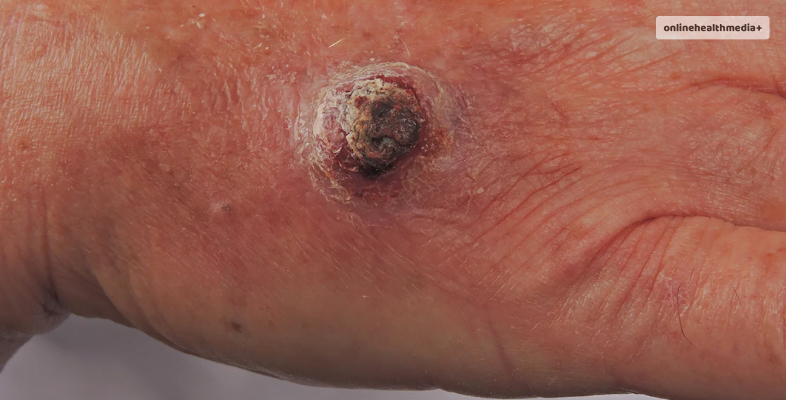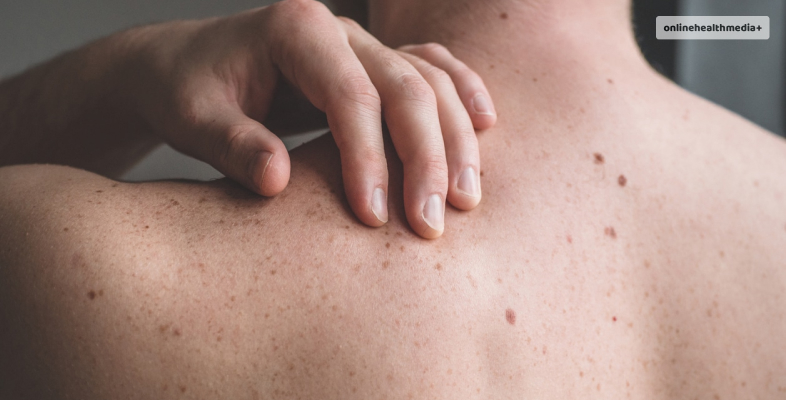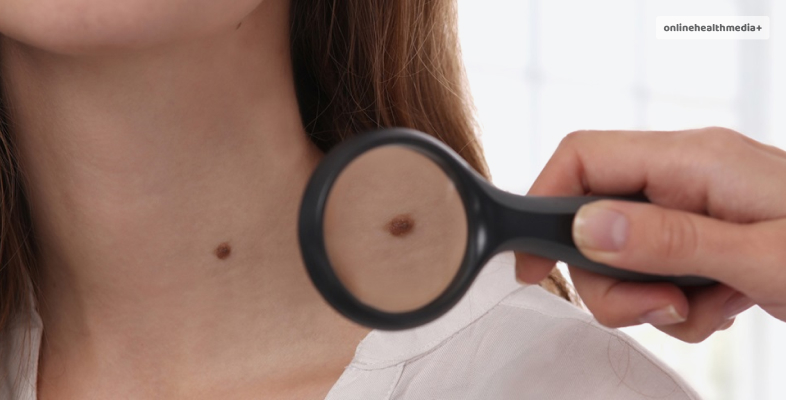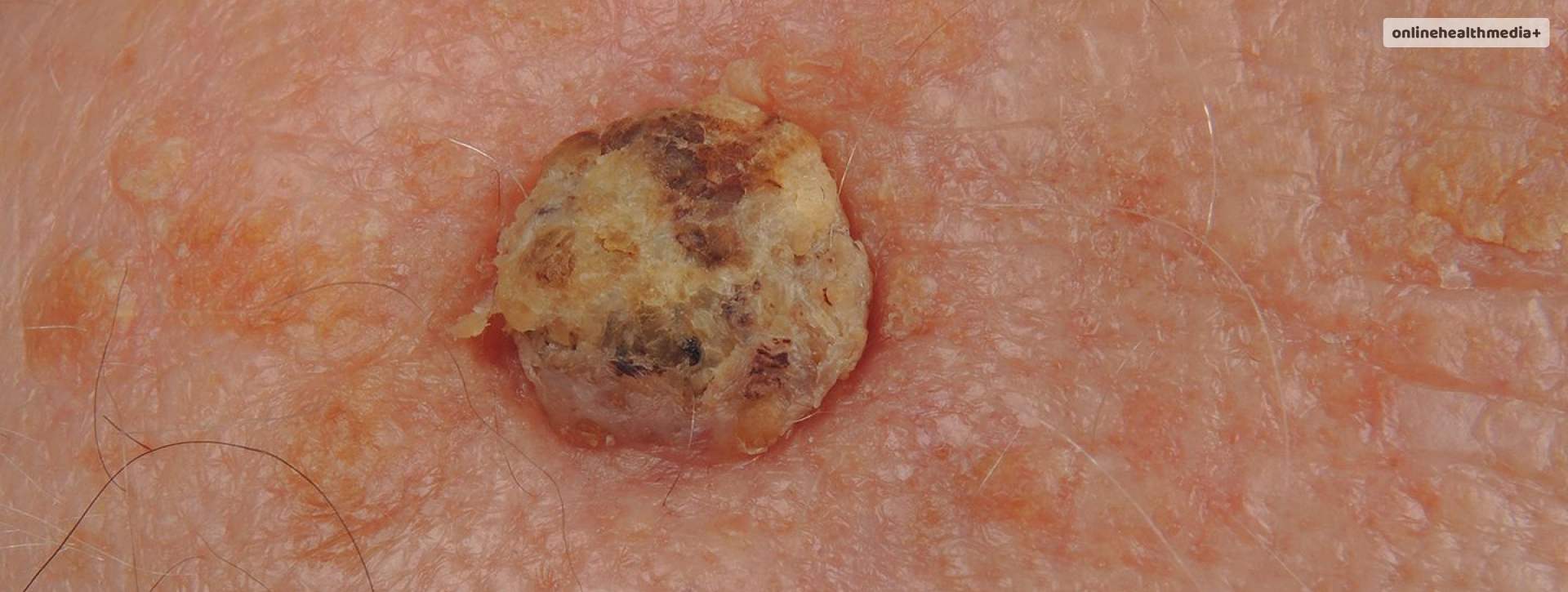Squamous Cell Cancer 101: Everything You Need To Know About This Carcinoma.
Squamous cell cancer is a type of cancer that grows slowly, unless a person has a compromised immune system. The squamous layer is made up of cells that form the middle and outer layers of the skin.
Squamous cell carcinoma is a type of skin cancer that is usually not life-threatening, however, it can grow. Either that, or it may spread to other parts of the body.
The growth or spread of squamous cell cancer may also cause severe complications that need separate medical attention. The following article will discuss the causes, symptoms, treatment and prevention of this cancer.
Contents
What Is Squamous Cell Cancer?

Squamous cell cancer is a condition that occurs due to the overproduction of squamous cells. These cells are present in the top layer of the skin.
The epidermis is usually the starting point of the cancer. This is because it is the part of the skin that receives maximum sun exposure.
However, it is also observed in areas of the skin with mucous membranes. For example, it may be- the mouth, or the lungs where the cancer is diagnosed. there are different types of squamous cell carcinomas-
- Metastatic squamous cell cancer or carcinoma is the type that cannot spread to the other parts of the body. It remains within the skin.
- Cutaneous squamous cell cancer is the type that only affects the top layer of the skin or may spread beyond the top layer of the skin.
The cancer affects mostly the populace that have long-term skin damage due to sun exposure. Including those who are 65 years or older and have a weak immune system.
People who have a lot of chemical exposure are also prone to squamous cell cancer.
More than one million people receive a diagnosis of squamous cell cancer in the US alone. The rate of this diagnosis has gone up within the past 30 years.
What Are The Symptoms?

Usually the cancer presents as skin changes. The following tell-tale signs are also common:
- A bump or growth that feels rough, and develops a crust, or may even bleed.
- A growth that is higher than the skin that surrounds it. However, the distinction is in the depression present in the middle of this growth.
- There is a firm bump on the skin which is known as a ‘nodule,‘ this maybe of similar color as the skin. Or it may look a different color depending on the skin, these may be red, pink, brown or black.
- There may be a sore- flat, with a scaly crust.
- You may recognize a new sore on an old scar or sore.
- There may even be a rough patch present inside the mouth.
How Does It Happen?

The primary reason why a person may receive a diagnosis of this condition is overexposure to the sun- specifically ultraviolet radiation. This can cause a lot of harm, the most severe being skin cancer.
Ultraviolet exposure can lead to a mutation in an important gene that you may or may not have heard of- the p53 gene. The p53 gene is responsible for suppressing tumors and is supposed to protect the body from cancer.
However, when overexposure triggers mutation, it leads to a change in its function.
The p53 mutation leads to the production of cells in the epithelial cells. However, this change is when the cells do not receive the signal to perform their function properly.
The division of the cells is too rapid which forms a tumor. This appears as a lump, bump or lesion.
You Are At Risk If You Have:

The risk factors or the conditions that may put you at a greater risk of developing the condition are:
- Being prone to sunburns. The development of a sunburn is an indication that you do not have enough protection on your skin. The melanin that gives our skin a color prevents the damaging properties of UV radiation.
- You stay in the sun for too long- the risk of developing squamous cell cancer increases.
- Even if you do not stay under direct sunlight to tan your skin, but use tanning beds. Your argument will be rejected as well. UV radiation from any source- sun or artificial, is harmful for humans. Thus, if you are someone who always gets an excellent tan before the summer through tanning beds, take this as a sign.
- History of skin cancer that is in remission. People with a history of this condition are prone to developing it again.
- A weak immune system does not allow the body to keep its guards up. Meaning that the immune system’s defense against the carcinogens or the triggers of tumor formation (here, UV radiation) falls short of protecting the body.
- Scars or wounds that have been present for a long time. This makes a person prone to developing squamous cell cancer.
Treatment

The treatment of this cancer, like other types, includes chemotherapy. Apart from that, the other options include:
- Surgical removal of the affected area. The surgical removal procedure may be- excision, electro-dessication, or Mohs surgery. All these three techniques include surgical removal of the cancer skin cells. Sometimes, when the squamous cell cancer is present in the ‘normal-looking’ skin, then a big part of the skin is removed.
- Irradiation of cancer. In this technique, the cancer cells undergo radiation therapy, where beams of radiation directly hit the skin, treating only the tumor.
- Other alternatives if the above two do not prove to be successful are cryosurgery, palliative care, or participating in a clinical trial.
- Immunotherapy is a novel approach that helps the immune system fight cancer.
It is necessary to note that patients actively participate in these decisions as this makes their experience of the condition better. This is to reinstate that patient-centered care is crucial in cancer treatment.
Prevention

It is necessary to reduce your risk of developing skin cancer through the following ways:
- Avoiding the use of tanning beds
- Reducing sun exposure
- Using sunscreen when you are going to spend time outdoors
- Wearing protective clothes or accessories that provide sun protection
- Avoid staying in the sun during midday
Prognosis
The prognosis of this condition is mostly positive and the patients undergoing treatment have a great rate of survival. With early detection and treatment, patients can expect the rates to be better.
Conclusion
Squamous cell cancer has a relation with UV exposure, which is why dermatologists insist on using sunscreen and sun protection. The article describes the early detection and treatment of this skin cancer.
And it also highlights the preventative steps you can take to reduce your risk. If you recognize signs of the cancer, consult your healthcare provider before assuming the worst.
Their diagnosis is key to early management of cancer.
Also read
- 5 Reasons Why Core Strength Is So Important.
- Why Should You Consider Wearing Blue Light Filter Glasses?
- How Has The Online Health Media Educated People About Kratom?



